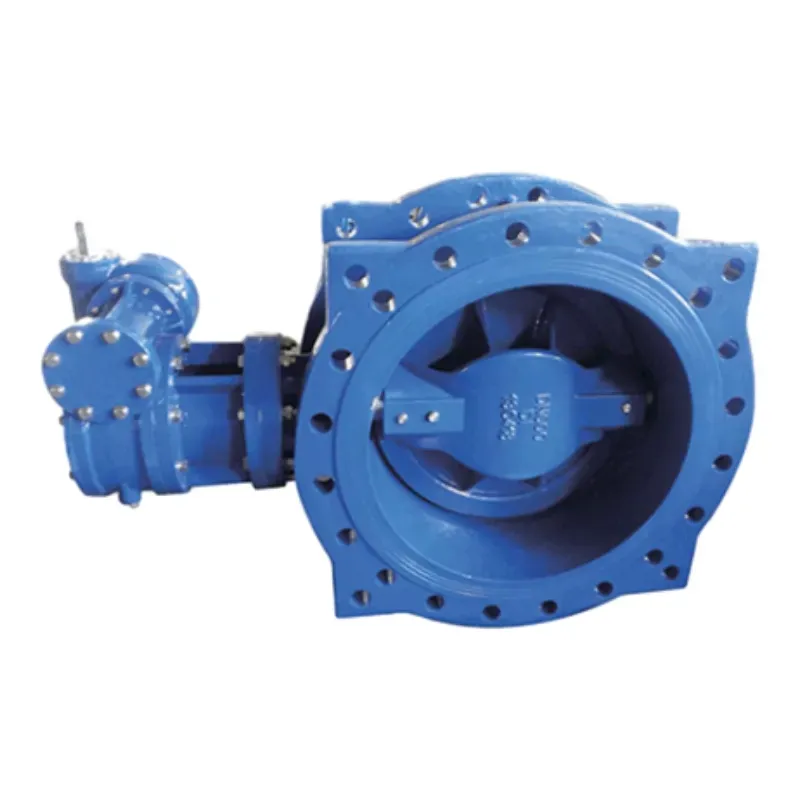10 月 . 22, 2024 09:23 Back to list
rubber expansion joint
Understanding Rubber Expansion Joints A Key Component in Piping Systems
Rubber expansion joints are essential components in various piping systems, serving a crucial role in managing the challenges posed by thermal expansion, vibration, and movement. These joints are designed to absorb and accommodate the stresses that arise in piping systems, which can occur due to temperature fluctuations, fluid flow, or mechanical movements. By using rubber as the primary material, these expansion joints provide a flexible solution that helps to prolong the lifespan of the piping infrastructure and ensure efficient operations.
One of the main functions of rubber expansion joints is to absorb thermal expansion. When liquids or gases flow through pipes, they can heat up, causing the material to expand. This expansion can create excessive stress on rigid piping systems, potentially leading to leaks or even ruptures. Rubber expansion joints, with their inherent flexibility, can easily accommodate this expansion, allowing the piping to expand and contract without compromising its integrity.
In addition to thermal expansion, rubber expansion joints are effective in mitigating vibrations within piping systems. Various mechanical processes, such as pumps or compressors, generate vibrations that can travel through pipes. These vibrations can result in noise, wear, and even damage to the piping and connected equipment. By incorporating rubber expansion joints, the vibration energy is absorbed, reducing the transmission of these vibrations and enhancing the overall reliability of the system.
rubber expansion joint

Another significant advantage of rubber expansion joints is their ability to handle angular deflections and axial movements. In many piping systems, misalignment can occur due to settling, installation errors, or thermal expansion. Rubber expansion joints can flex and bend, accommodating these movements and maintaining the integrity of the system. This flexibility not only prevents potential damage but also simplifies the installation process, allowing for adjustments without the need for precise alignment.
Moreover, rubber expansion joints are available in various shapes and sizes, making them adaptable to different applications. They can be designed to withstand a wide range of temperatures, pressures, and chemical substances, ensuring compatibility with numerous industrial environments. This versatility allows engineers and designers to choose the appropriate type of expansion joint that meets the specific requirements of their system.
In summary, rubber expansion joints play a vital role in modern piping systems by managing thermal expansion, absorbing vibrations, and accommodating movements. Their flexibility and adaptability make them invaluable for ensuring the longevity and efficiency of piping infrastructures. As industries continue to advance, the importance of reliable components like rubber expansion joints will only grow, highlighting the need for ongoing innovation and improvement in their design and application.
Share
-
Understanding the Differences Between Wafer Type Butterfly Valve and Lugged Butterfly ValveNewsOct.25,2024
-
The Efficiency of Wafer Type Butterfly Valve and Lugged Butterfly ValveNewsOct.25,2024
-
The Ultimate Guide to Industrial Swing Check Valve: Performance, Installation, and MaintenanceNewsOct.25,2024
-
Superior Performance with Industrial Swing Check Valve: The Essential Valve for Any SystemNewsOct.25,2024
-
Industrial Swing Check Valve: The Ideal Solution for Flow ControlNewsOct.25,2024
-
You Need to Know About Industrial Swing Check Valve: Functionality, Scope, and PerformanceNewsOct.25,2024